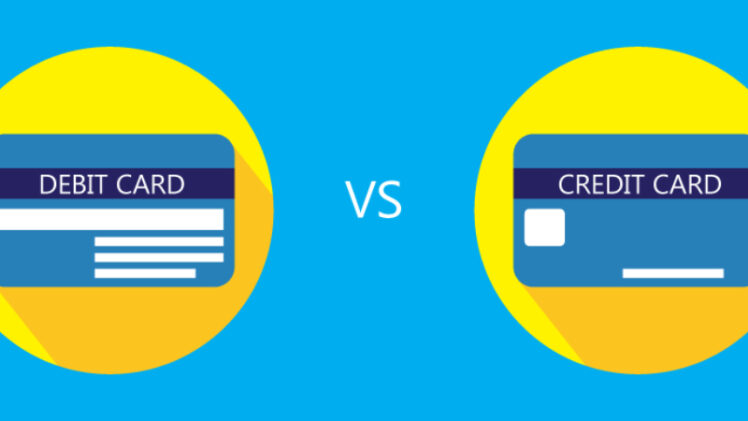It is possible that as an entrepreneur, you may have trouble understanding credit (CR) principles. Knowing the basic concepts of debit (DR) and credit (CR) accounting is crucial for maintaining correct records in any business.
Continue reading for additional information and examples on the Different Types of Debits & Credits that Accounting uses to help you better understand the subject.
Understanding the distinctions between credits and debits in accounting is essential. Regular business transactions occur. What you must do to maintain track of all your small business financial transactions. Who will keep track of two sets of transactions, one for debit and one for credit
Credit And Debit Balances
In your accounting records, debits and credits represent opposed entries. A debit will increase the value of one account, while credit decreases the account’s value on the other side.
The term “debt” refers to the entry in the account sheet’s left-hand margin. If used correctly, it has the value to either increase or decrease the value of the revenue, liability, and equity account values in the financial statement. To debit the purchase amount, you would place the asset bought in the left-hand corner of the asset account, as seen below.
A credit entry is placed in the right-hand margin of the account sheet or ledger. A decrease in the asset or expenditure account equals an increase in equity, liability, or revenue in the financial statement. To record the credit required to purchase a computer, crediting your spending account is necessary.
Balances On The Credit And Debit Cards:
Keep track of all of the debits and credits that are connected with each transaction in your ledger. To maintain track of each transaction, you must record at least two entries. Double-entry accounting is used in this situation.
When it comes time to conduct your accounting, you will need to split transactions.
Here Are Five Of The Most Well-known Accounts On Twitter:
- Assets are items that a company possesses that have a monetary value and can be turned into cash when the situation calls for it (e.g., property, equipment, vehicles).
- Expenses are expenses incurred due to doing business activities (e.g., wages, materials).
- The term “liabilities” refers to money from another individual or company (e.g., accounts payable).
- Capital is defined as the difference between your assets and your obligations.
- The amount of cash generated through sales is referred to as revenue.
Credits and debits have a distinct effect on one account than they do on another.
A Debit And A Credit Are Shown In The Following Examples.
Consider the following examples of credits and debits to understand how records are kept. Consider the following scenario: A customer buys a $500 product from you. Consequently, the revenue would be $500, and the cash would be another $500. It would be necessary to record a debit for the cash increase (asset account) and a credit for the revenue increase (revenue account) in the accounting records.
A Chronological List Of All Transactions Is Provided:
Understanding how credit and debit work is essential to ensure that your records are free of typos and errors. If your accounting is done correctly, you will have a greater understanding of the company’s financial health. Your bank, your accountant, or the Internal Revenue Service may require that you keep track of debits & credits to record your financial records and other paperwork that you can submit to them.












